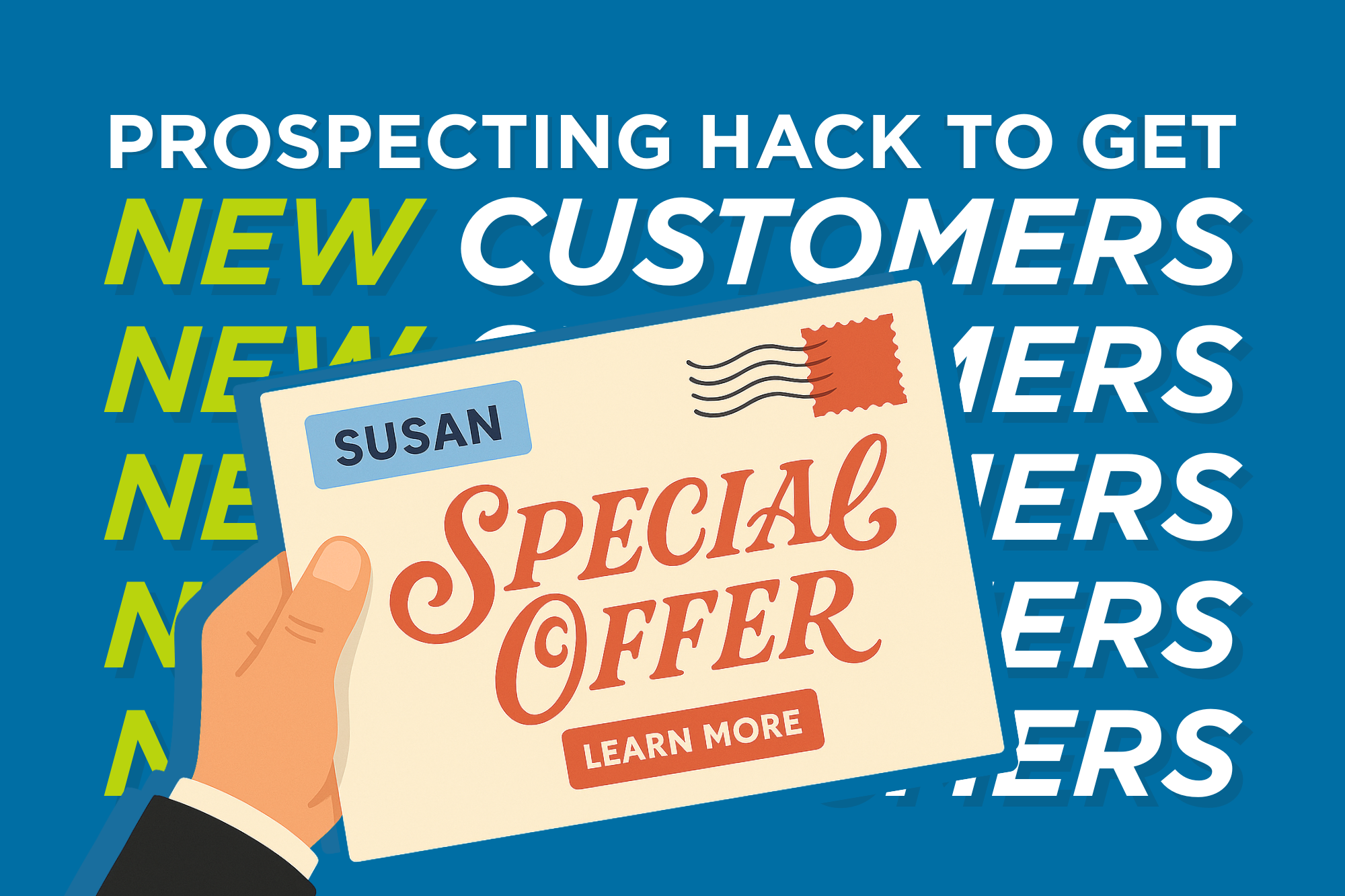The Psychology of Direct Mail: Why it works

Let’s face it: our phones are bursting at the seams. Every morning, we swipe through an avalanche of promotional emails, updates, sales and spam, most of which are banished to the trash folder faster than you could type “unsubscribe.” That is why there has been a surge of marketing companies returning their focus to direct mail. It offers something pixels on a screen simply can’t: tangibility.
Unlike Youtube ads (for those of us too stubborn to pay for premium), there is no Skip Ad button for your mailbox. The well designed postcard or clever flyer tucked in your mailbox demands attention, simply because it exists in your physical world. What makes direct mail work isn’t nostalgia—it’s strategy. It has the rare ability to demand attention in a way screens simply can’t.
Why does direct mail boast such a clear advantage over digital channels? Direct mail has this sneaky advantage: it actually gets read. With fewer people sifting through their mailboxes these days, your well designed mail piece is more likely to make it into someone’s hands—and their head—than yet another email lost in the dreaded promotions tab.

It all comes down to psychology, specifically two key concepts: the ownership effect and deeper encoding. These aren’t just buzz words—they’re why a well-designed postcard earns its place on the counter, while emails are forgotten before they’re even opened.
“If I Own It, It Must Be Good: What Is the Ownership Effect?”
Psychology Today explains how simply holding or owning something increases its perceived value. Think about it: would you toss a beautifully designed postcard with an enticing offer as quickly as you’d delete an email? Probably not.
There’s a reason why holding something in your hands feels different from just seeing it on a screen. This study, published in the Journal of Consumer Research, found that simply touching an object can create a sense of ownership—and once that happens, we naturally assign it more value. Think about when you pick up a piece of fruit at the grocery store to check for ripeness. You may not even notice it, but as soon as you’ve touched it, it’s harder to put it back. It feels like your apple now. That’s the power of touch—something digital campaigns will never be able to replicate.

Ownership isn’t just a transaction—it’s an emotional connection, rooted in what psychologists call the endowment effect. As explained by the Journal of Consumer Research, the endowment effect means we instinctively value something more the moment it becomes ours. It’s not just about long-term ownership; research from Cambridge University Press takes this further, revealing that even temporary possession can spark this response.
Think about being handed the keys to a rental car. At first, it’s just a car—generic, functional, not something you’d think twice about. But as soon as you slide into the driver’s seat, adjust the mirrors, and take it for a spin, something shifts. It’s no longer just a rental car; it’s your rental car, and suddenly it seems a little nicer, more comfortable, and more worthy of appreciation.
That same principle applies to direct mail. A piece of mail in your hands isn’t just marketing—it becomes something personal. You hold it, consider it, and engage with it in a way that makes it feel tailored just for you.

Personalization takes the idea of ownership and connection to a whole new level. Smart marketers know it’s not just about sending mail—it’s about sending mail that feels like it was made for you.
Take a name, for instance. A mailer that starts with “Dear Valued Customer” lands flat. But when your name is right there, front and center, in bold, elegant typography? That’s something different. It doesn’t just say, “Here’s some mail.” It says, “This is your mail.”
Timing matters too. A birthday postcard with a simple “Happy Birthday, Sarah!” or a friendly nudge about a seasonal service doesn’t just deliver information—it delivers warmth and relevance. Even something as small as a thank-you note after a recent interaction can leave an impression. It’s not just marketing anymore—it’s a thoughtful gesture.
These little touches add up. They turn a standard piece of mail into something memorable, something that feels personal. And when people feel that connection, they don’t just read the message—they remember it.

Here’s the kicker: direct mail doesn’t have to live in isolation. Pair it with your digital efforts, and you’ve got a marketing tag team that packs a punch. A postcard directing people to a landing page or a mailer with a QR code that unlocks an exclusive offer can take your campaign from memorable to unmissable.
So no, direct mail isn’t just some relic of the pre-Internet era. It’s proof that sometimes, going old-school is the smartest move in your modern marketing playbook. Because while screens may dominate our lives, there’s something undeniably impactful about the weight of a good idea in your hands.
Have a great idea? Get in touch so we can help you get it out there.
Interested in how Bluegrass can help?
See what we can do.
You may also like...

Why Direct Mail is a Great Prospecting Tool for New Customers
May 1, 2025


The Power of Direct Mail in the Digital Age
November 7, 2024
